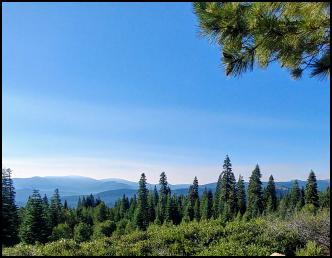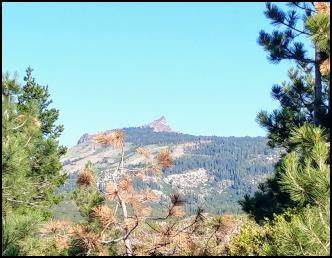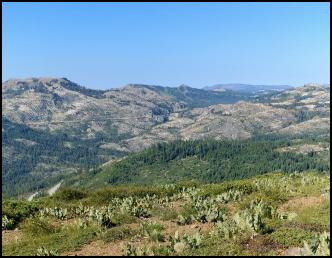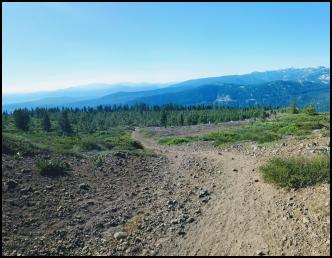

About Me
I was first introduced into Ham Radio back in 1987 when I was attending George Fox College. In 1997, I upgraded to a Technician Plus before moving to Kansas where I let my license lapse. After moving to Arizona, I decided to get my license renewed and in 2014 got my general license and then my Extra the following year. I'm active in SkyWarn working with the Nation Weather Service reporting weather phenomenon and weekly weather nets. I'm also active in Maricopa Emergency Communication Group helping out in various activities throughout the valley and weekly drills. Finally, I like to participate in SOTA, Summits On The Air, where I hike various summits and try to contact other hams around the world who "chase" me to the summit.
Radio Equipment
I prefer to operate Portable Operations where I don't have a permanent antenna set up but instead set one up when I'm operating. The advantage to this is I am able to pack up and deploy my antenna system easier without having to take down and existing antenna or keeping a duplicate antenna system at home. At home, I have a Yeasu FT-450D running 100 watts to a random wire antenna mounted on a telescopic pole up 33 feet. I have made several radio contacts including some into Japan and Chile with this setup. Although, not as efficient as other antenna systems, this gives me the advantage of easily taking down my antenna when I need to deploy elsewhere or when weather turns unsafe to keeping it up.
My portable radio system is a Yaesu FT-817D running 5 watts to an End Fed Half Wave antenna. This radio and antenna system is very light weight and can be set up anywhere in minutes. Although, not as powerful as my 100-watt radio, using CW or Morse Code, I am able to get people just as far as my 100-watt radio does but running less power. To give some perspective, a cell phone runs about the same wattage and must have cell tower in close proximity to work. My ham radio, using the same power, is able to reach over 1800 miles
The last radio that I have is a Yaesu FT-1XDR Handheld 2 meter/440 radio with APRS built into it. The advantage of APRS is my radio uses an Automated Packet Reporting System and send out my GPS coordinates when I am hiking or mobile. When I do a SOTA activation, hams that are "chasing" me can follow my progress on aprs.fi and know when I'm at the summit. If in the event of a real emergency, I can set the system to send out an emergency message alerting those that are watching me that I am in trouble and in need of help.







